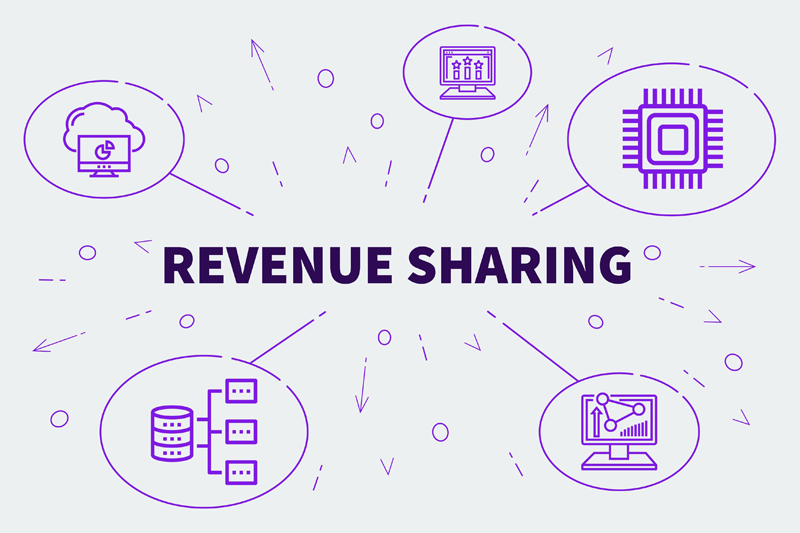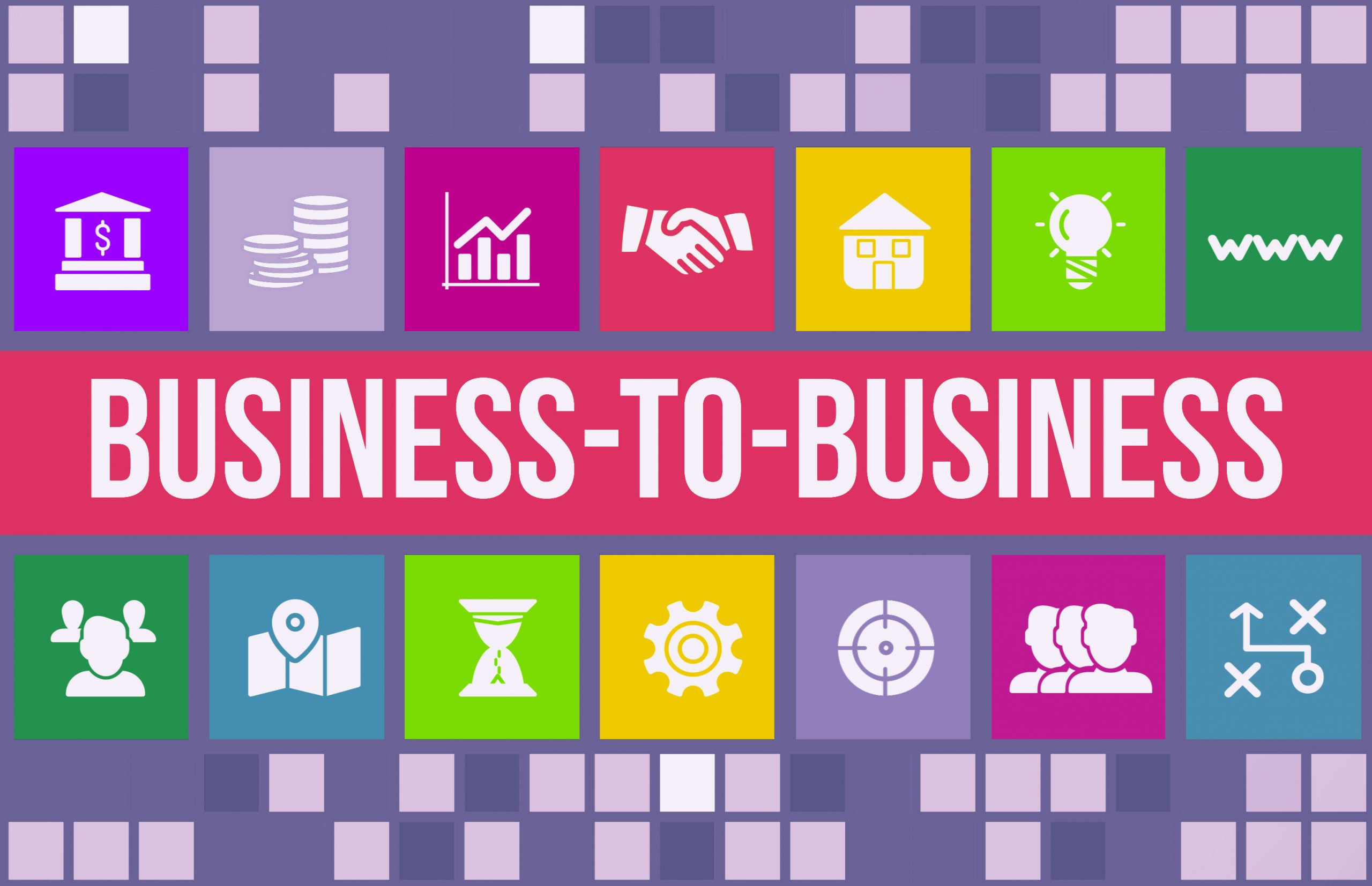
What is Revshare in Affiliate Marketing?
If you’re new to affiliate marketing, you’re probably overwhelmed with the terminology and buzzwords thrown around by affiliate marketing management agencies, also known as OPM’s. Speaking with an affiliate manager can feel a lot like talking to your mechanic or HVAC technician when they start to get technical about compression ratios or inducer motors. There’s no need for any of the smoke and mirrors that make affiliate marketing more complicated than it needs to be. That’s why we’re going to break down some of the most common verbiages you might hear around an affiliate marketers water cooler, starting with Revshare.
Revshare Meaning
The short answer is revenue sharing. Revenue + sharing = revshare. Put simply; it’s the revenue you share with an affiliate for driving a sale. Revshare is a blanket term to describe the way an advertiser rewards an affiliate. However, it’s doesn’t paint the best picture of what an affiliate program is all about. For that, you’ll need to ask more questions or just keep reading.
If someone refers to a program as revshare, it’s safe to assume it’s a CPA or CPS payout because an acquisition, or sale, is the conversion point where the advertiser incurs the cost to pay out the affiliate joined to their program. Hence, the cost per acquisition or cost per sale model. CPA and CPS can be used interchangeably and will be, depending on whom you speak with.
Revshare also implies there is a payout to an affiliate. Remember that the advertiser is sharing revenue with someone. Sometimes you might hear the payout referred to as the commission or, less commonly, a bounty. Just like many other sales jobs, a commission is awarded to those (in this case, an affiliate) who makes the sale. The affiliate responsible for making the sale is often in dispute, especially in a last-click attribution model, but we’ll get to that in another blog. For now, know that revshare is an affiliate marketing term that means an advertiser is willing to share a pre-determined amount of a sale with the affiliate responsible for driving that sale. How the advertiser pays out will either be a flat-rate CPA or a percentage of the sale. We’ll address the pros and cons of both models in a later blog, as well.
When dealing with affiliates and influencers, there’s a high probability you’re going to hear the word revshare. It’s been the standard method of payout since the dawn of affiliate marketing. However, nowadays, Influencers are pushing hard for a pay-per-post model. As the name suggests, influencers want an up-front payment to promote a brand or product. While this benefits the Influencer, it is a scary value proposition for an advertiser.
As an advertiser, it’s imperative to know whether you’re getting a return on ad spend (ROAS). That’s much harder to do when customers are not clicking through traditional tracking links. Revshare adds a layer of safety to an affiliate program because all payouts are matched to a conversion. Those conversion put dollars in your bank and allow you to pay an affiliate and (theoretically) stay profitable.
As an Influencer, it’s essential to know that your efforts are going to be rewarded. You can’t collect on the revshare if the advertiser’s site is down and your audience can’t make a purchase, if the sales funnel is hard to navigate, or if the product doesn’t resonate with your audience. Pay-per-post isn’t all bad for advertisers though.
Predictive modeling can help forecast sales from Influencers. It’s not unheard of for a pay-per-post to outperform a revshare program. Imagine if an Influencer wanted $1,000 to post three images of her/him using your product. Seems steep. Now, imagine that same Influencer agreed to a payout of 15% revshare for every sale. Let’s assume 0.5% (yes half of one percent) of their 1 million followers purchased your $20 service. That would equate to 5000 sales for a total of $100,000. Now you’d have to share 15% of that revenue, which is $15,000. That $1,000 pay-per-post is looking pretty good now, huh?
Let’s be real though, Influencers with a million followers are going to charge more than $1,000 pay-per-post, but you get the picture. Like most risks, the higher the risk, the higher the reward.
Revshare, on the other hand, is a safe and time-tested way to run your affiliate program. In fact, we love revshare programs at Magnattract. We join and promote these types of programs all the time with great success. Contact Magnattract to learn more about how we can bring more organic traffic and sales to your affiliate program.
Table of contents
Related articles

What is Revshare in Affiliate Marketing?
If you’re new to affiliate marketing, you’re probably overwhelmed with the terminology and buzzwords thrown around by affiliate marketing management agencies, also known as OPM’s. Speaking with an affiliate manager can feel a lot like talking to your mechanic or HVAC technician when they start to get technical about compression ratios or inducer motors. There’s no need for any of the smoke and mirrors that make affiliate marketing more complicated than it needs to be. That’s why we’re going to break down some of the most common verbiages you might hear around an affiliate marketers water cooler, starting with Revshare.
Revshare Meaning
The short answer is revenue sharing. Revenue + sharing = revshare. Put simply; it’s the revenue you share with an affiliate for driving a sale. Revshare is a blanket term to describe the way an advertiser rewards an affiliate. However, it’s doesn’t paint the best picture of what an affiliate program is all about. For that, you’ll need to ask more questions or just keep reading.
If someone refers to a program as revshare, it’s safe to assume it’s a CPA or CPS payout because an acquisition, or sale, is the conversion point where the advertiser incurs the cost to pay out the affiliate joined to their program. Hence, the cost per acquisition or cost per sale model. CPA and CPS can be used interchangeably and will be, depending on whom you speak with.
Revshare also implies there is a payout to an affiliate. Remember that the advertiser is sharing revenue with someone. Sometimes you might hear the payout referred to as the commission or, less commonly, a bounty. Just like many other sales jobs, a commission is awarded to those (in this case, an affiliate) who makes the sale. The affiliate responsible for making the sale is often in dispute, especially in a last-click attribution model, but we’ll get to that in another blog. For now, know that revshare is an affiliate marketing term that means an advertiser is willing to share a pre-determined amount of a sale with the affiliate responsible for driving that sale. How the advertiser pays out will either be a flat-rate CPA or a percentage of the sale. We’ll address the pros and cons of both models in a later blog, as well.
When dealing with affiliates and influencers, there’s a high probability you’re going to hear the word revshare. It’s been the standard method of payout since the dawn of affiliate marketing. However, nowadays, Influencers are pushing hard for a pay-per-post model. As the name suggests, influencers want an up-front payment to promote a brand or product. While this benefits the Influencer, it is a scary value proposition for an advertiser.
As an advertiser, it’s imperative to know whether you’re getting a return on ad spend (ROAS). That’s much harder to do when customers are not clicking through traditional tracking links. Revshare adds a layer of safety to an affiliate program because all payouts are matched to a conversion. Those conversion put dollars in your bank and allow you to pay an affiliate and (theoretically) stay profitable.
As an Influencer, it’s essential to know that your efforts are going to be rewarded. You can’t collect on the revshare if the advertiser’s site is down and your audience can’t make a purchase, if the sales funnel is hard to navigate, or if the product doesn’t resonate with your audience. Pay-per-post isn’t all bad for advertisers though.
Predictive modeling can help forecast sales from Influencers. It’s not unheard of for a pay-per-post to outperform a revshare program. Imagine if an Influencer wanted $1,000 to post three images of her/him using your product. Seems steep. Now, imagine that same Influencer agreed to a payout of 15% revshare for every sale. Let’s assume 0.5% (yes half of one percent) of their 1 million followers purchased your $20 service. That would equate to 5000 sales for a total of $100,000. Now you’d have to share 15% of that revenue, which is $15,000. That $1,000 pay-per-post is looking pretty good now, huh?
Let’s be real though, Influencers with a million followers are going to charge more than $1,000 pay-per-post, but you get the picture. Like most risks, the higher the risk, the higher the reward.
Revshare, on the other hand, is a safe and time-tested way to run your affiliate program. In fact, we love revshare programs at Magnattract. We join and promote these types of programs all the time with great success. Contact Magnattract to learn more about how we can bring more organic traffic and sales to your affiliate program.




